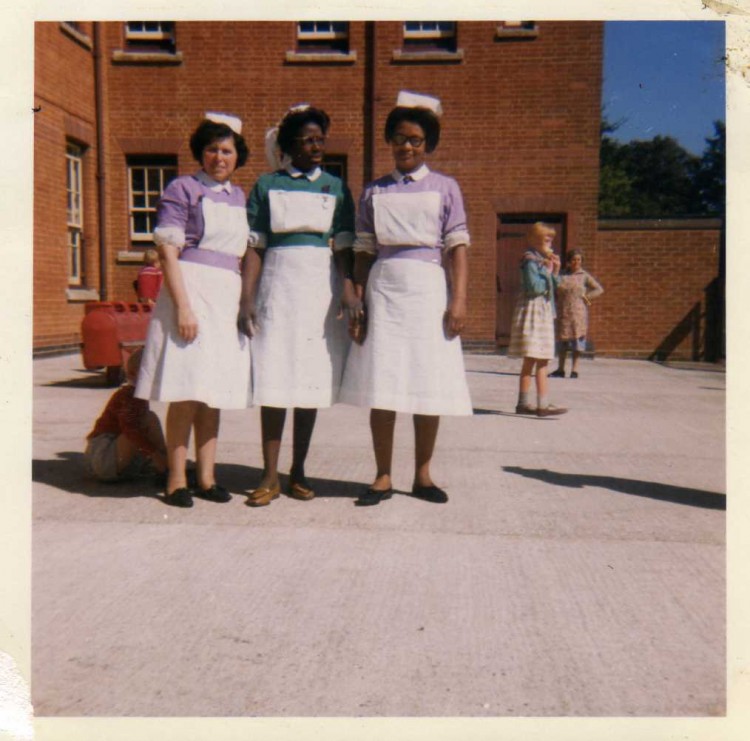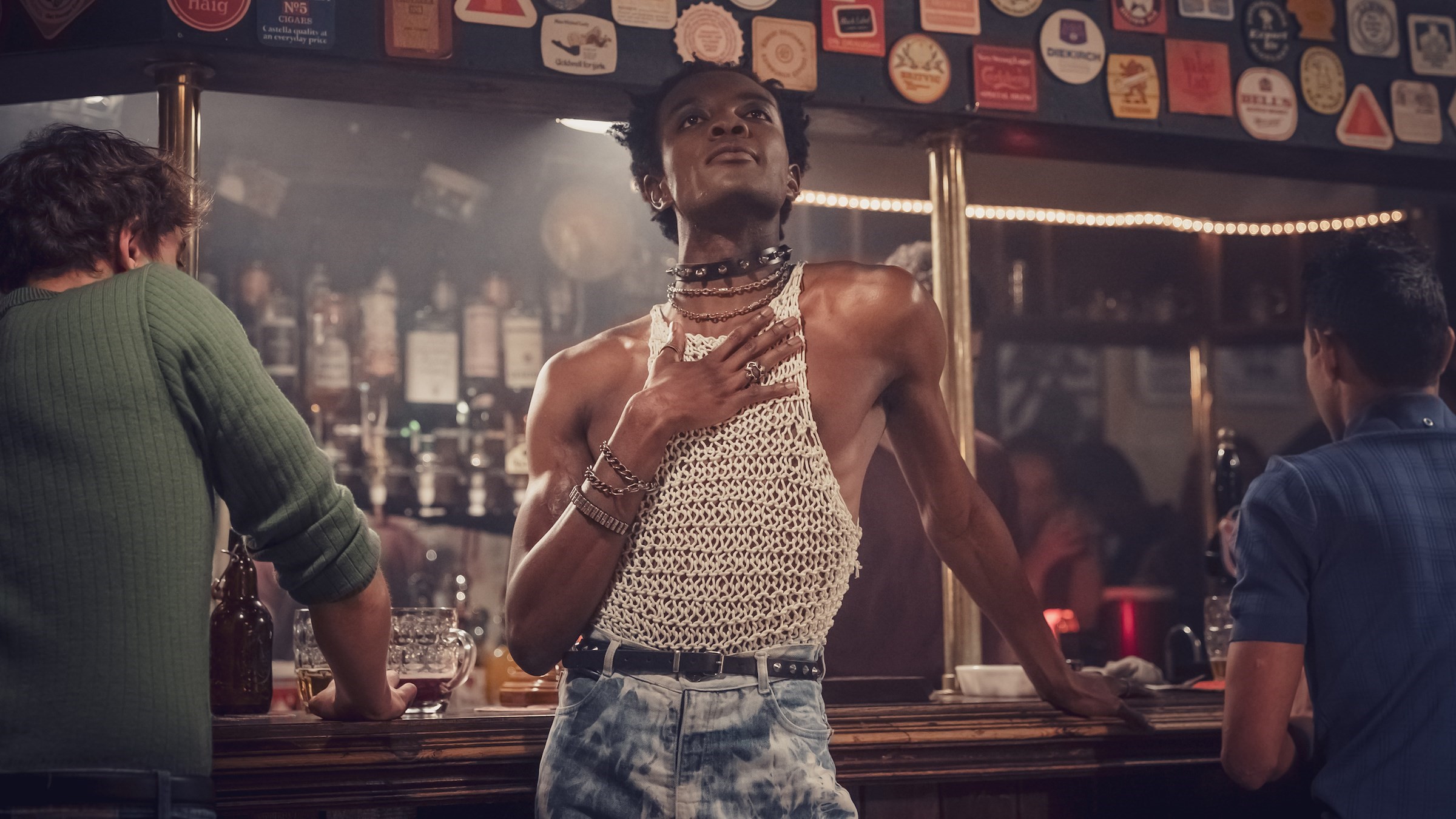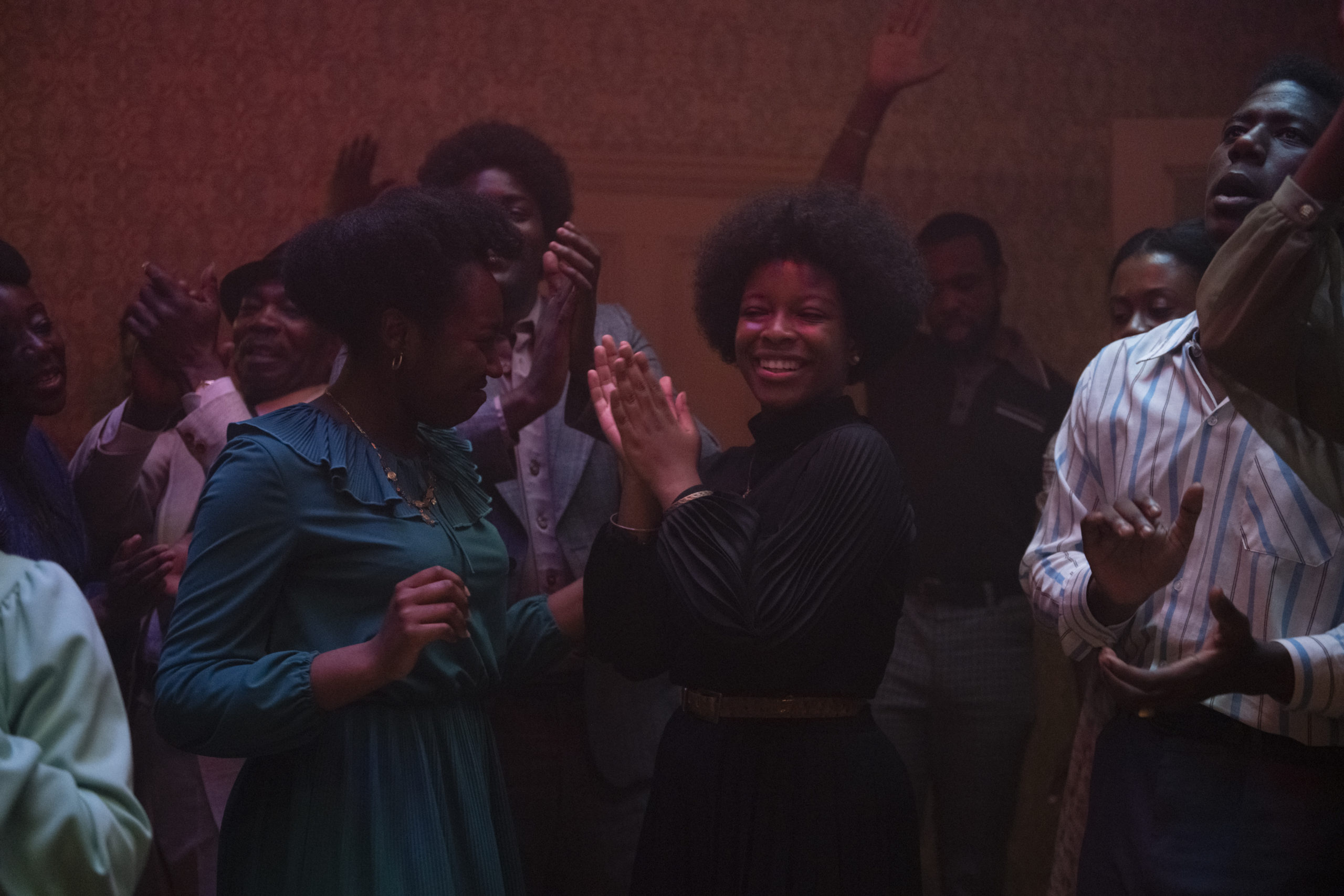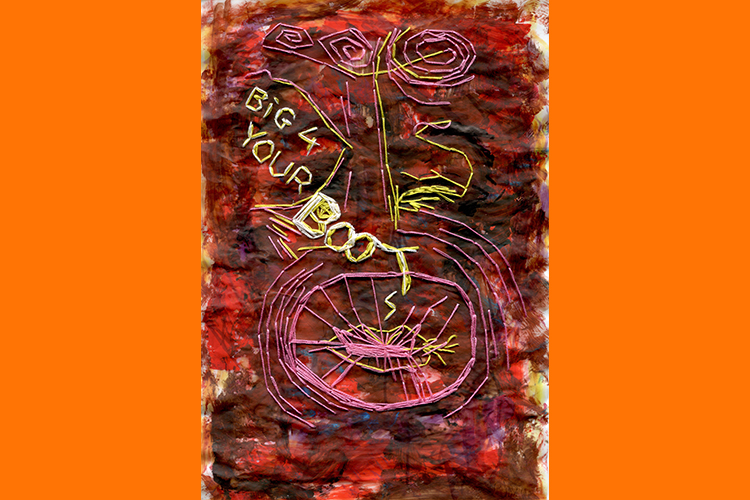
Seeing our past through a different lens: the rise of black British history
Louisa Adjoa Parker
23 Nov 2016
Black British history finally appears to be making the slow transition from academia to the mainstream. Black History Month may have been and gone but there’s still plenty going on, and our media seems to have a current fascination with all things black. Radio 4 aired Britain’s Black Past in October, the BFI’s Black Star season is running till the end of December, and this November the BBC launched their Black and British season, which includes Black is the new Black, and Black and British: A forgotten history, in which David Olusoga explores the relationship between Britain and people of African origin. As part of this programme, the BBC are unveiling a series of plaques across the UK, the Caribbean and Africa to commemorate this history.
“The idea that a person, or history, can be both black and British, is a new one. For a long time, the two were mutually exclusive”
Last year, the award-winning Britain’s Forgotten Slave Owners, based on research by the Legacies of British Slave-ownership project at UCL, began to tell some of our forgotten history. Britain was made rich by the transatlantic slave trade, but also by the huge amounts of compensation money slave owners were given by our government when the trade was abolished. Many other black history projects which haven’t reached the mainstream have been taking place across the UK for years. Researchers have shown that even in rural places like Devon, Dorset, and Cumbria there is a fascinating multicultural history – rural Britain has many historical global links, and communities from a wide range of countries have settled all across the UK.
The idea that a person, or history, can be both black and British, is a new one. For a long time, the two were mutually exclusive. Black voices have traditionally been “whitewashed” out of British historical narrative in many ways, including a lack of inclusion in education and history books. The contributions of people from the former colonies have until recently been largely ignored. Where these stories were touched on, they were done so from a Eurocentric perspective, which justified the oppression of non-white peoples. Black history has also been whitewashed out of literature, the arts, and the media. (Although for hundreds of years black people have been, and continue to be, accepted as entertainers by white society).
The effect of this whitewashing has manifested itself in multifarious ways. It perpetuates the myth that black people are not a part of British history, and therefore cannot be truly “British” – they are “other”, from elsewhere. But the effects widen out into other areas – black people continue to be underrepresented in other fields, and this “othering” of the black community has led to great inequality, overrepresentation in the criminal justice and mental health systems, and a stereotyping of black men in particular as “big, bad and dangerous”.
“I, like many others, was taught in school that Empire was A Good Thing, and those pink parts of the global map (like a diluted blood watercolour wash) represented our success”
Recently I spoke to novelist Joanna Traynor, who suggested that when we look at our past through a different “lens” everything changes. In this instance, our history has become more truthful and inclusive. We are beginning to acknowledge the contributions black people have long been making to the UK.
I, like many others, was taught in school that Empire was A Good Thing, and those pink parts of the global map (like a diluted blood watercolour wash) represented our success in taking parts of the world. I learned about white kings and queens, and wars, and it was boring. What did this have to do with me? For a large part of my life, I had no clue about our rich, diverse heritage, or that black people have been coming to Britain since at least as far back as Roman times. I had no clue about the atrocities committed by “heroic” explorers and colonisers. I honestly believed I was one of the first of my kind, with one African and one English parent.
My interest in black history began when I studied racism and migration at university. I read books such as Peter Fryer’s Staying Power, an important contribution to black British history (and life-changing for many). I found a whole new world, waiting to be discovered. Black people had been here for centuries; they hadn’t all arrived on the Empire Windrush. They had been servants, sailors, soldiers, teachers, writers, rich and poor. They had suffered, and a few had prospered. They had fought alongside English soldiers in the Great Wars. They had lived, and loved, and died here. They had intermarried with white British people, and often “disappeared”. They were part of the very fabric of British society.
There had been thousands – estimates vary but it’s thought that between 10,000 and 20,000 black people lived in eighteenth century London. When I began to learn this, I walked around, imagining my country peopled with these black ghosts. I thought of African slaves when I saw coffee shops, and banks. Sugar suddenly had a dark, bloody history. The things I’d taken for granted as being English had come from other countries, and were tainted with oppression. If you take away a people’s history, it has often been said, you strip them of their identity. Learning about the interconnectedness of “black” and “white” history – or a shared, global history – gives us our identity back. We have a place in history, here. We belong.
“Black history is often like this – a stitching together of scraps of information and fleshing out the details”
Some key moments in black British history recently include the erection of the memorial Mary Seacole statue, thought to be the first statue of a black woman in the UK. An appeal for funds for the statue led by Professor Elizabeth Anionwu raised £500,000 during the 12-year campaign. Mary Seacole’s story was explored in a recent ITV documentary. Recent projects such as The John Blanke Project have taken someone from the archives, in this case an infamous “blacke trumpeter”, and brought him to life. Black history is often like this – a stitching together of scraps of information and fleshing out the details. Michael Ohajuru, who has been involved in the project, says, “John Blanke was the Black trumpeter to the English Tudor courts of Henry VII and Henry VIII. The project celebrates his presence as the first person of African descent for which we have both written records as well as visual images from the national archives. It is an arts project inspiring visual artists and illustrators, musicians and poets to interpret John Blanke in their chosen media, complimented by written responses from historians and cultural commentators.”
Historic England is asking the public asked to add their own memories, pictures and information about black history to the record of all listed buildings and places. The Heritage Lottery Fund are highlighting black heritage projects, and in the media there has been a political push for increased diversity in TV and film with the BBC, Channel 4 and the BFI making “diversity pledges” and promising to do better, in light of #OscarsSoWhite. According to Dr Miranda Kaufman, historian and author of the forthcoming Black Tudors, “People in the creative industries tend not to be aware of black British history. It’s either that or they’re racist, and don’t want to tell these stories.”
Miranda is one of the What’s Happening in Black British History co-organisers, and runs biannual workshops, along with Michael Ohajuru and Professor Philip Murphy. WHBBH5 took place in London in October. One particularly powerful presentation, Miranda says, was given by several teachers on their personal experiences of black history, and how it affected them. “It’s encouraging to know they’re in our classrooms.” “But,” she says, “there’s still a lot of ignorance, and we have a long way to go”.
S.I Martin is the author of several books and a prominent voice in black British history. He points to the fact that the BHM movement started in North America in 1926 as Black History Week by Carter Woodson (strongly influenced by Marcus Garvey). BHM in the UK started in 1987 under the aegis of the Greater London Council. “My interest in black history began,” he says, “in the early 1980s while leafing through a book of Hogarth’s prints of London in the 1730s. I wondered who the black characters were. Tracking down their stories grew into an obsession and led to the publication of my first book.”
His favourite projects over the last year have been the Black Georgians exhibition at Black Cultural Archives, and the work currently being done at the National Archives looking at the 1919 Race Riots. “Both these pieces of work go a long way in demonstrating the resilience and longevity of black communities in Britain and the breadth of their activities and experiences They serve as great correctives to popular narratives about African populations,” he says.
“It’s not good enough to simply talk about the slave trade, as this is only part of the story and can portray black people as victims who were rescued by white saviours”
However, S.I Martin feels that “black British history is still locked away in the academy”. Apart from the appearance of Mary Seacole, and occasionally Olaudah Equiano (an 18th century freed slave), the National Curriculum is still populated almost exclusively by African-American narratives. ‘There is hope on the horizon with the screening of David Olusoga’s programme, but still a long way to go,” he adds. Martin believes that black history in Britain can’t be separated from majority community histories as they are part of it –”literally no part of the nation’s post 1560s narrative is unaffected by it”.
So are we moving in the right direction, and how can we keep the momentum going? Many argue that education is key. Schools need to be encouraged to teach black history in a way that is meaningful and inclusive. As Martin has pointed out, we need a range of black people included in the curriculum. It’s not good enough to simply talk about the slave trade, as this is only part of the story and can portray black people as victims who were rescued by “white saviours”. Black history needs to be explored in depth. It needs to be community-led and owned, and not seen as the preserve of academics. It needs an ongoing presence in the British media. White historians need to take responsibility in addressing the issues, and not shy away from the reality of our shared past.
Black history is an important part of a counter-argument against a post-Brexit, post-Trump racist, xenophobic, Islamaphobic rhetoric. When we change the lens through which we view our history, we begin as a nation to see that black history is for all of us, and through exploring it, we will grow richer, wiser, more compassionate, and less focused on the ideas of “race”.









